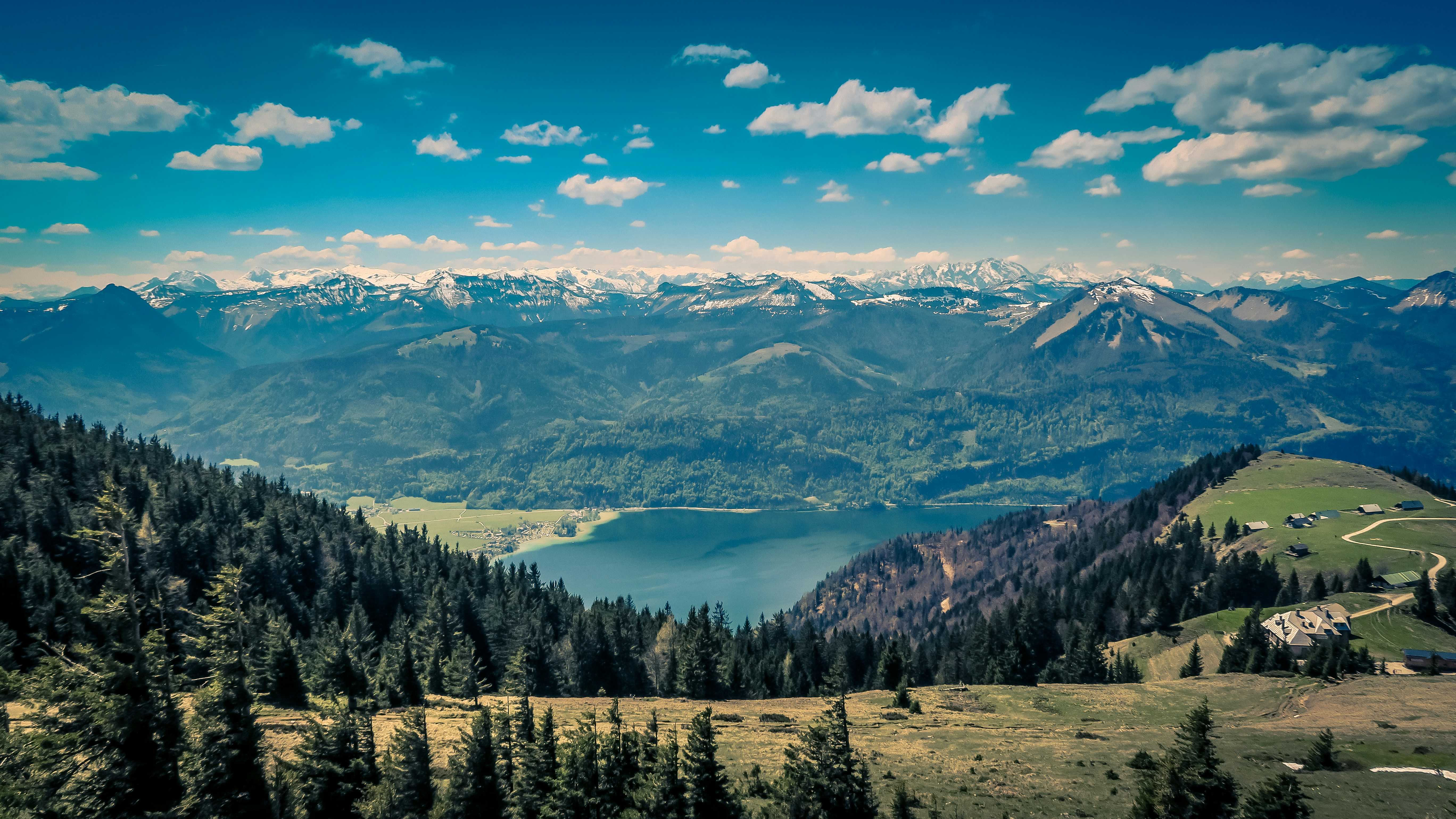
The partnership is part of a broader wave of interest in Web3 tourism applications.
A host of Web3 firms have teamed up with Austrian regional groups to roll out “Web3 tours” in Salzburg and elsewhere.
Alex Fedosseev of 1World, which was part of the partnership, said tourists could go to museums and verify their attendance with NFTs, which could then be used for discounts at restaurants and entertainment venues.
It’s not the first attempt to capture crypto-inspired tourism. Travelers looking to transact with digital assets can already visit Bitcoin Beach, Bitcoin Island, Bitcoin Valley, or Bitcoin Lake. But newer Web3 tourism projects are expanding beyond the digital payment sphere.
George Harrap from The Next Billion podcast flew to the Pacific island of Palau to interview the archipelago’s president about its NFT identification card system. In the travel vlog Harrap released this week documenting the trip, Palauan officials say the digital residency program is meant to draw tourists and digital nomads. And as a dollar-based economy in the south pacific, Palau hopes to become cashless.
“Who wants to ship pennies to Palau?” Palauan president Surangel Whipps Jr. asked Harrap.
Palau is in the process of developing a stablecoin with Ripple.
Fedosseev told Blockworks that blockchain allows for more direct interactions between companies and tourists in a field that is saturated with intermediaries.
In a recent interview with Forbes, El Salvadorian Vice President Félix Ulloa argued that the ease of transaction fostered by bitcoin use is partly responsible for the country’s tourism growth. A Santander report tweeted by the country’s president, Nayib Bukele, does report a growth in tourism to El Salvador — though the report points to falling homicide rates, not bitcoin, as the catalyst.
Source: Jack Kubinec – blockworks.co
Image: unsplash.com